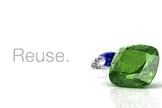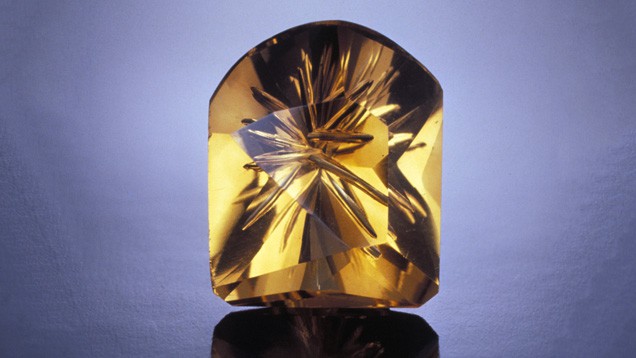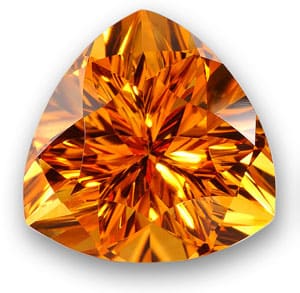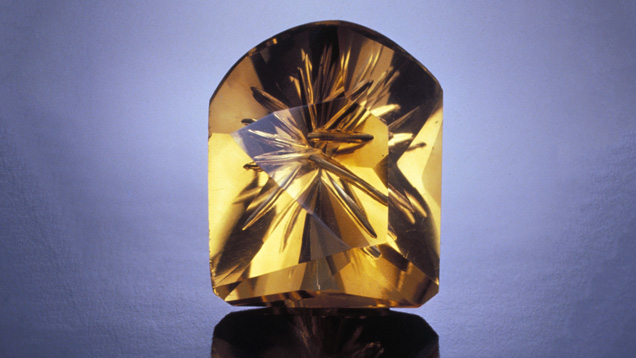Did you know…
A trace of iron in Citrine’s structure is responsible for its yellow-to-orange color?
Citrine is rare in nature, so most Citrine on the market is the result of heat treatment of Amethyst.
Citrine is recognized as one the most popular and frequently purchased yellow gemstones.
In the days before modern gemology, its darkish yellow color caused it to be confused with topaz.
Along with topaz, Citrine is a birthstone for November. It’s also recognized as the gem that commemorates the thirteenth anniversary.
How about it’s QUALITY?
The following factors combine to determine a Citrine’s value.
COLOR: Vivid yellows, reddish oranges, and earth tones are popular with consumers.
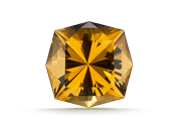
CLARITY: Eye-visible inclusions are not common in citrine. If present, they decrease its value.
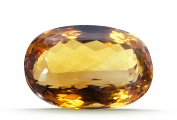
CUT: Citrine might be carved, custom-cut, or calibrated for jewelry use.
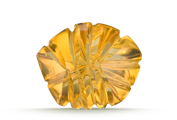
CARAT WEIGHT: Citrine is available in a wide range of sizes for setting into a variety of jewelry styles.
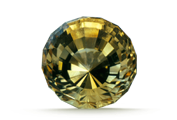
WHY WE LOVE THIS GEMSTONE?
Even fine citrine has a modest price tag. Large gems remain affordable, as price per carat does not rise dramatically for larger sizes.
Giant hollow crystal-lined amethyst geodes from areas like Brazil are often heated to become giant citrine “cathedrals.”
In Bolivia, amethyst and citrine colors can occur together in the same crystal. These unique gems are called ametrine.

